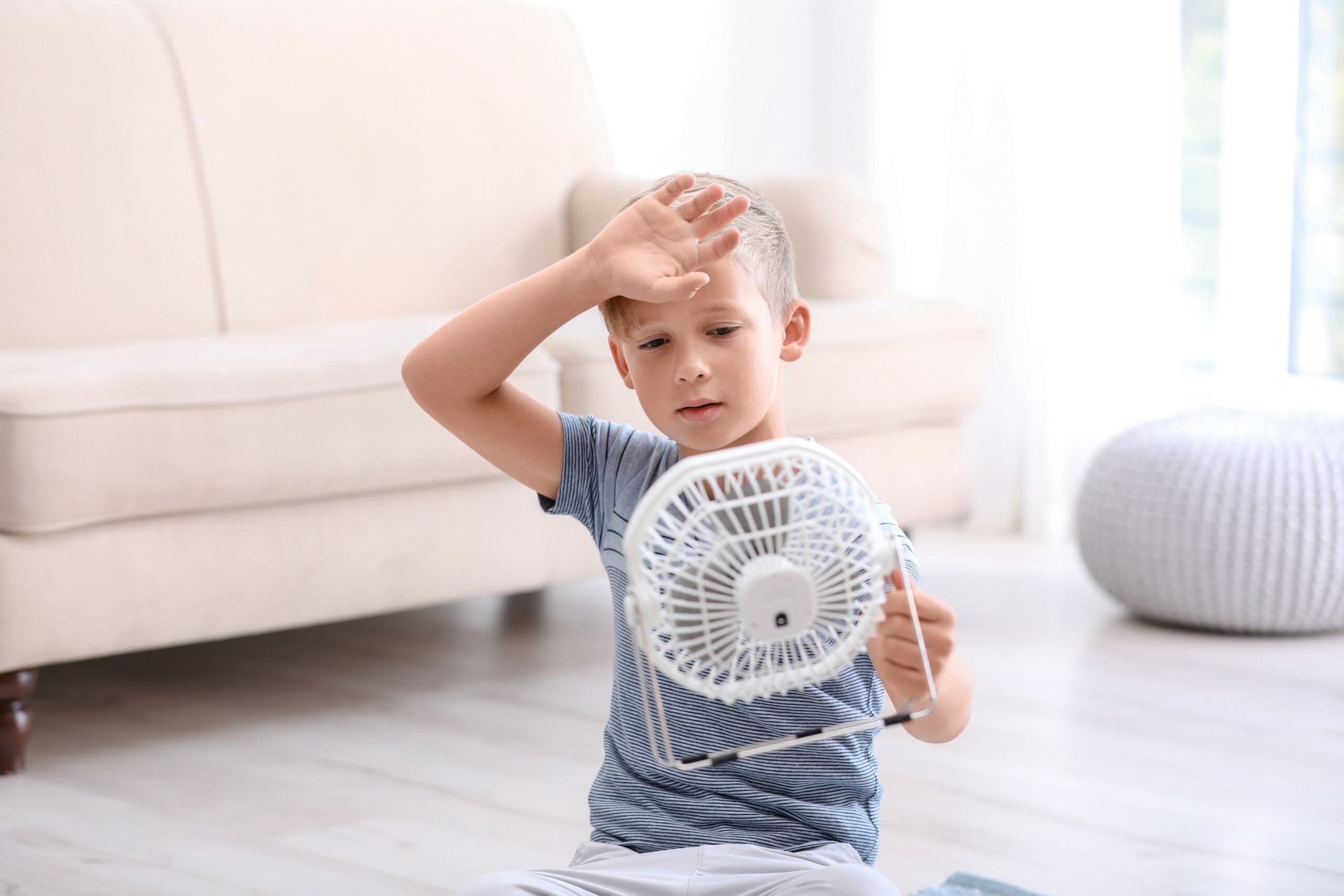Estimates suggest that at any given time only 20% of Australian children are sufficiently physically active.
Sufficient activity is defined as at least 60 minutes of moderate to vigorous physical activity each day. It’s thought that seasons influence the propensity of children to be active.
To test this theory, school children from around Melbourne wore hip mounted accelerometers. An accelerometer measures steps and the velocity of movement to provide a information on how often and how fast kids move around during the day. In this study, measurements were taken for a week on each occasion.
During the winter and spring measurement period the children were the most active. They tended to be slightly less active during a damp spell in autumn. The surprising feature of this study was the reduction in physical activity during the summer.
During a week when the average daytime peak temperature was 28 o C, the children were less active by almost 13 minutes each day. Greater fluctuations were seen with girls.
Implications
Children of today are less active in summer than winter. Strategies are needed to try to create opportunities for kids to be active both at school and home.
Air-conditioned sports halls, swimming pools and play centres provide one set of possibilities as do mornings before the heat of the day sets in.
These findings add to the increasing evidence that children are increasingly inactive and much more attention is required to making sure kids have plenty of opportunity to be active.





